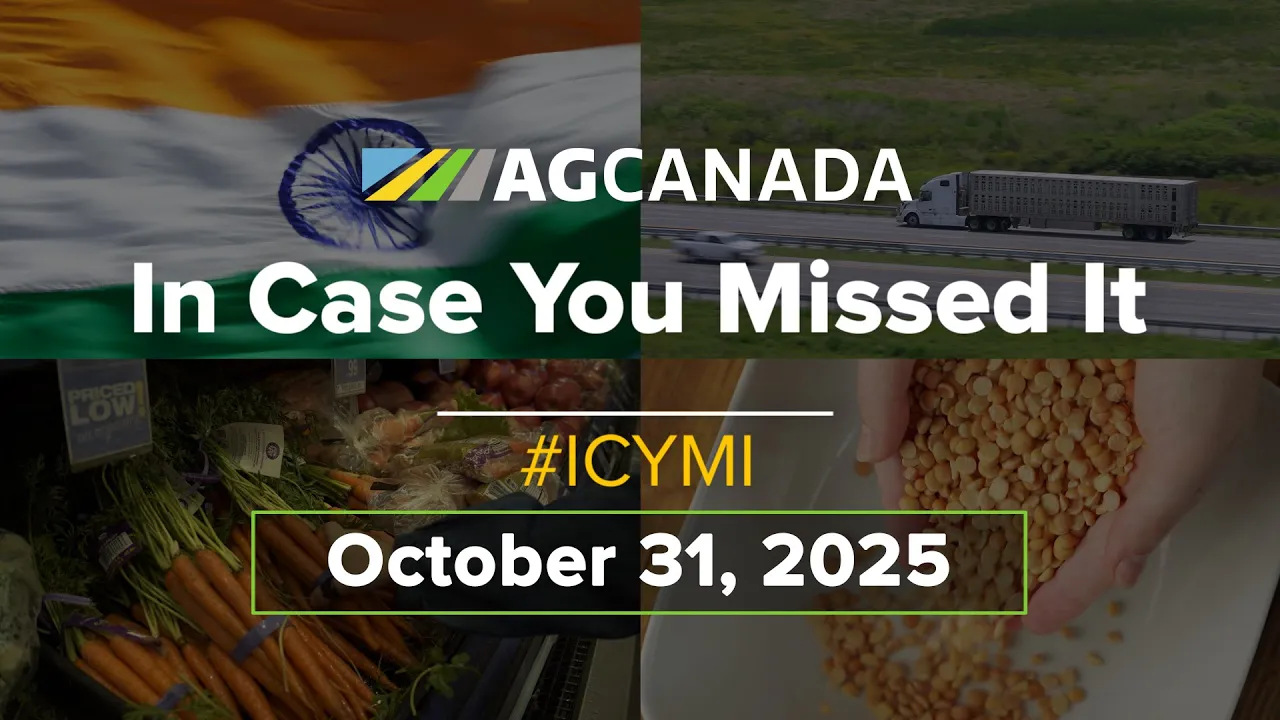PHOENIX, Ariz. — The U.S. agriculture industry is coming to the realization that there needs to be some form of labelling for food containing genetically modified ingredients.
“It’s hard to argue with the notion that people have the right to know, consumers have the right to know,” U.S. secretary of agriculture Tom Vilsack told delegates attending the 2015 Commodity Classic.
However, the problem is that there are only two valid reasons for putting something on a food label: provide nutritional information or warn consumers of a potential health risk, such as telling allergy sufferers there may be peanuts in the product.
Read Also

AGCanadaTV: In case you missed it; your national ag news recap for Oct. 31, 2025
https://youtu.be/E-6zl_ifRKc American agriculture groups call for CUSMA renewal American agriculture and food groups are calling for a full, 16-year renewal…
Vilsack said there is no health risk associated with consuming GM ingredients, so it is unfair to taint GM ingredients by highlighting their presence on the label.
He believes his department must come up with a way to provide consumers with the information they are seeking without tarnishing the reputation of GM food as being unsafe.
The answer is to include the information in bar codes.
“You can take a smartphone and you can zap it on that bar code and you can find out everything you want to know about that product,” he said.
The American Soybean Association would like to see a different approach.
President Wade Cowan agreed with Vilsack that it’s time for farm groups to take their head out of the sand on the controversial issue.
“It’s a losing argument when you say consumers don’t have the right to know what’s in their food,” he said during a news conference.
“We’ve too long been the organizations in agriculture that said, ‘no, don’t do this, don’t do this.’ ”
However, Cowan thinks it would be folly to label food containing GM ingredients because that would be 70 to 80 percent of the items on grocery store shelves.
Instead, he would like to see the U.S. Department of Agriculture provide a certification program for food manufacturers interested in offering non-GM food to consumers.
That is an approach endorsed by the Grocery Manufacturers Association.
“Hopefully this is a message that catches fire and goes forward in the U.S. and we put this issue behind us,” said Cowan.
Groups such as the National Corn Growers Association are using the Coalition for Safe Affordable Food to push for voluntary federal GM labelling.
Under that plan, the U.S. Food and Drug Administration would establish federal standards for companies that want to voluntarily label their products and would mandate the labelling of GM ingredients if it determined there is a health, safety or nutritional problem with the technology.















